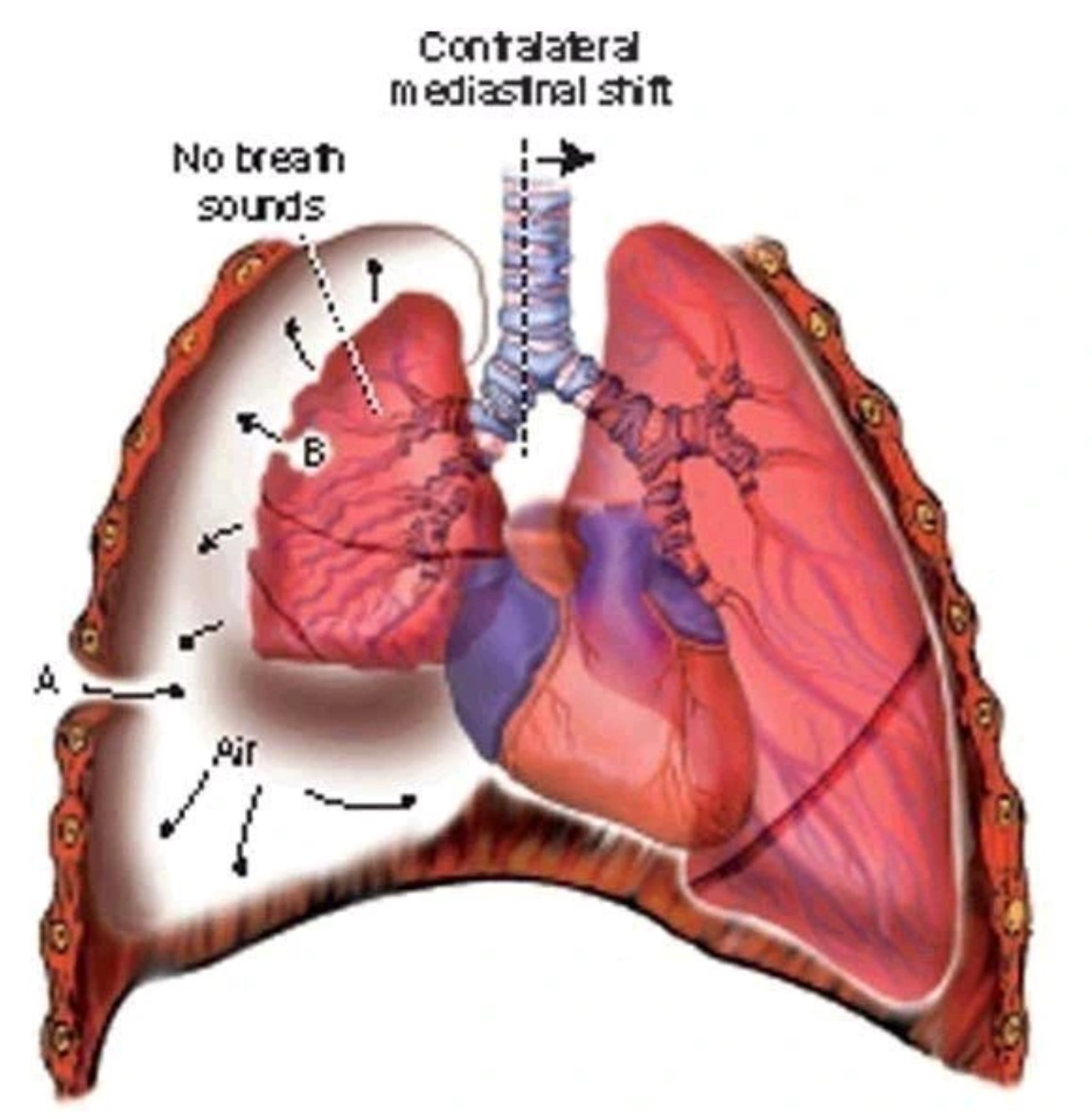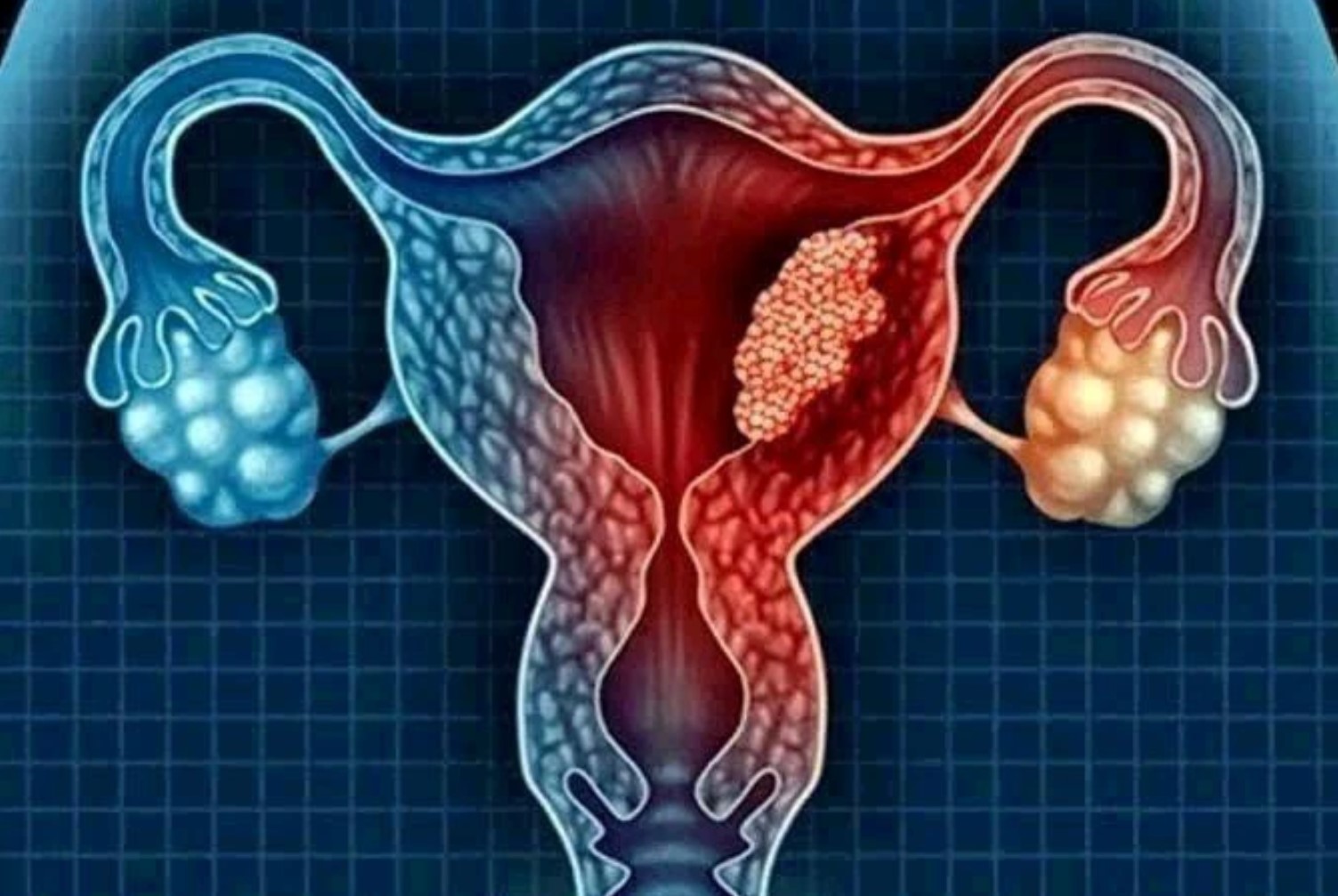HEALTH & LIFESTYLE
Beetroot & Carrot Juice Made Easy: No Juicer Required!

Continue Reading
HEALTH & LIFESTYLE
Your Lungs Are Not In Good Condition if You Experience the Following
HEALTH & LIFESTYLE
4 Major Reasons Some People Die In Their Sleep
HEALTH & LIFESTYLE
Uterine Cancer: Stay Away From These 4 Things To Avoid The Risk Of Being A Victim
-

 IN-THE-NEWS11 months ago
IN-THE-NEWS11 months agoNDLEA Bursts Lagos Warehouse, Seizes N4.7billion Cocaine, Meth, Arrests Siblings In Aba (Photos)
-

 METRO8 months ago
METRO8 months agoTeen Boy Accepts Stranger’s Offer For Ride Home Not Knowing He Will Change His Home
-

 HEALTH & LIFESTYLE10 months ago
HEALTH & LIFESTYLE10 months agoMessage To Those Who Are Eating Roasted Maize
-

 SPORTS11 months ago
SPORTS11 months agoWarriors Poised to Steal Lauri Markkanen from Spurs in Transfer Market
-

 IN-THE-NEWS11 months ago
IN-THE-NEWS11 months agoI Am Not Controlling Rivers State
-

 METRO8 months ago
METRO8 months agoDuring The Funeral, the Raven Perched on the Girl’s Coffin. Then Something Unbelievable Happened –
-
SPORTS10 months ago
Cristian Garin Regrets Skipping Tokyo 2020, Expresses Disappointment Over Davis Cup Move to China
-

 SPORTS11 months ago
SPORTS11 months agoIsaiah Hartenstein: From the Knicks to the Thunder – A $27 Million Move



